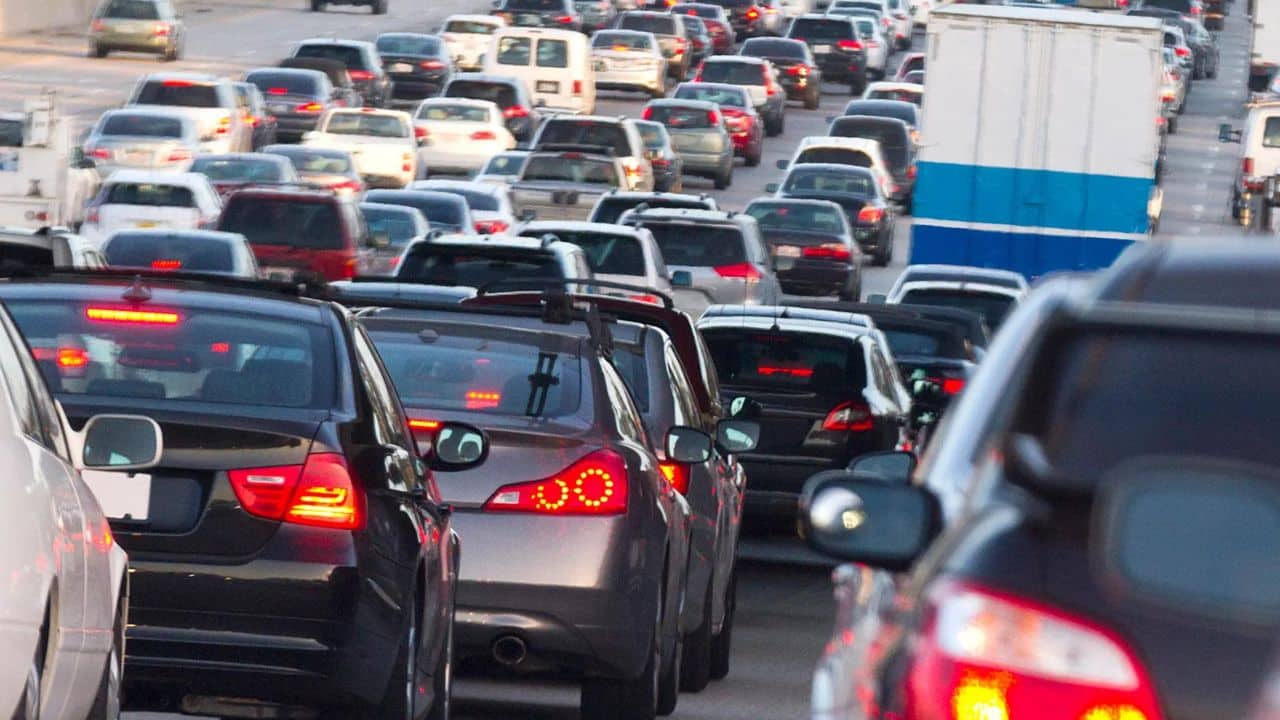The Biden administration has presented a proposal to increase fuel economy standards by 2032, aiming for a fleet-wide average of 58 miles per gallon (25 kilometres per litre). The primary goal of this proposal is to reduce greenhouse gas emissions and decrease fuel consumption.
The proposal, put forth by the National Highway Traffic Safety Administration (NHTSA), is focused on the model years from 2027 to 2032. It calls for a yearly increase of 2 per cent in Corporate Average Fuel Economy (CAFE) requirements for passenger cars and 4 per cent for light trucks. Additionally, the agency is suggesting new fuel efficiency standards for heavy-duty pickup trucks and vans for the years 2030 to 2035, with a yearly rise of 10 per cent.
Previously, in 2022, NHTSA had finalised rules for the years 2024 to 2026, which mandated a fleet average of 49 mpg by 2026. These rules gradually increased efficiency requirements by 8 per cent in 2024 and 2025 and by 10 per cent in 2026.
NHTSA’s latest proposal is estimated to save vehicle owners in 2032 approximately $1,043 per vehicle in lifetime fuel costs. However, it will also result in an average increase of $932 in vehicle costs.
According to NHTSA, this rule will incentivize manufacturers to produce internal combustion engine vehicles during the specified timeframe to achieve significant fuel economy improvements, enhance energy security, and substantially reduce harmful pollution.
It’s important to note that CAFE requirements are not as stringent as the Environmental Protection Agency’s (EPA) proposal in April to reduce vehicle tailpipe emissions. The NHTSA is legally prohibited from considering electric vehicles’ fuel economy when setting standards.
The EPA’s proposed standards for the years 2027–2032 are expected to lead to a 56 per cent reduction in emissions, with an average annual pollution cut of 13 per cent. Furthermore, it could result in 67 per cent of new vehicles in 2032 being electric.
According to Reuters, NHTSA anticipates that its proposal would contribute to an 88 billion-gallon reduction in gasoline consumption by 2050.
The agency is currently seeking feedback on five alternatives, which include not increasing requirements at all as well as raising them annually by 6 per cent for cars and 8 per cent for light trucks. NHTSA believes its preferred alternative strikes a balance between necessary improvements and ensuring the market can handle the changes without causing consumer acceptance or sales issues.
In response to the EPA’s emissions proposal, the Alliance for Automotive Innovation, representing companies like General Motors, Toyota Motor, and Volkswagen, requested a more lenient approach, deeming the EPA’s proposal “neither reasonable nor achievable.” On the other hand, Tesla expressed the view that the EPA should make its proposal more rigorous. The alliance is currently reviewing NHTSA’s proposal.







